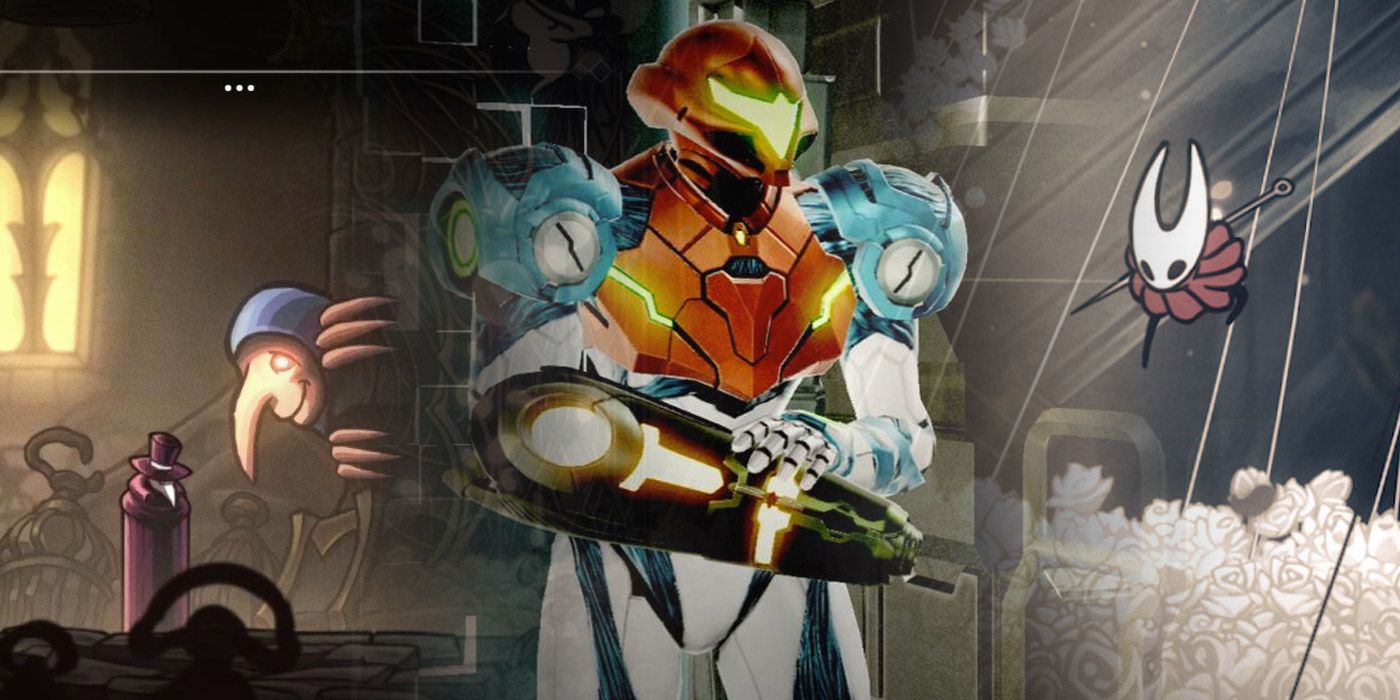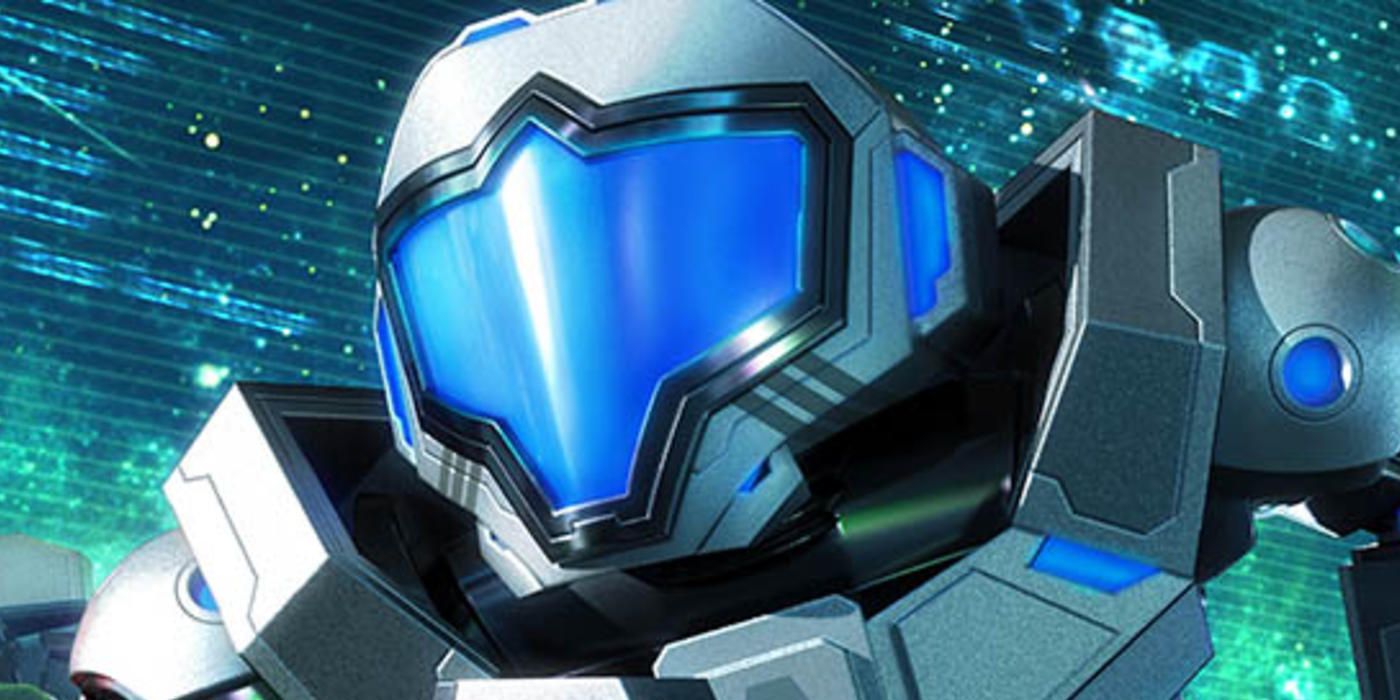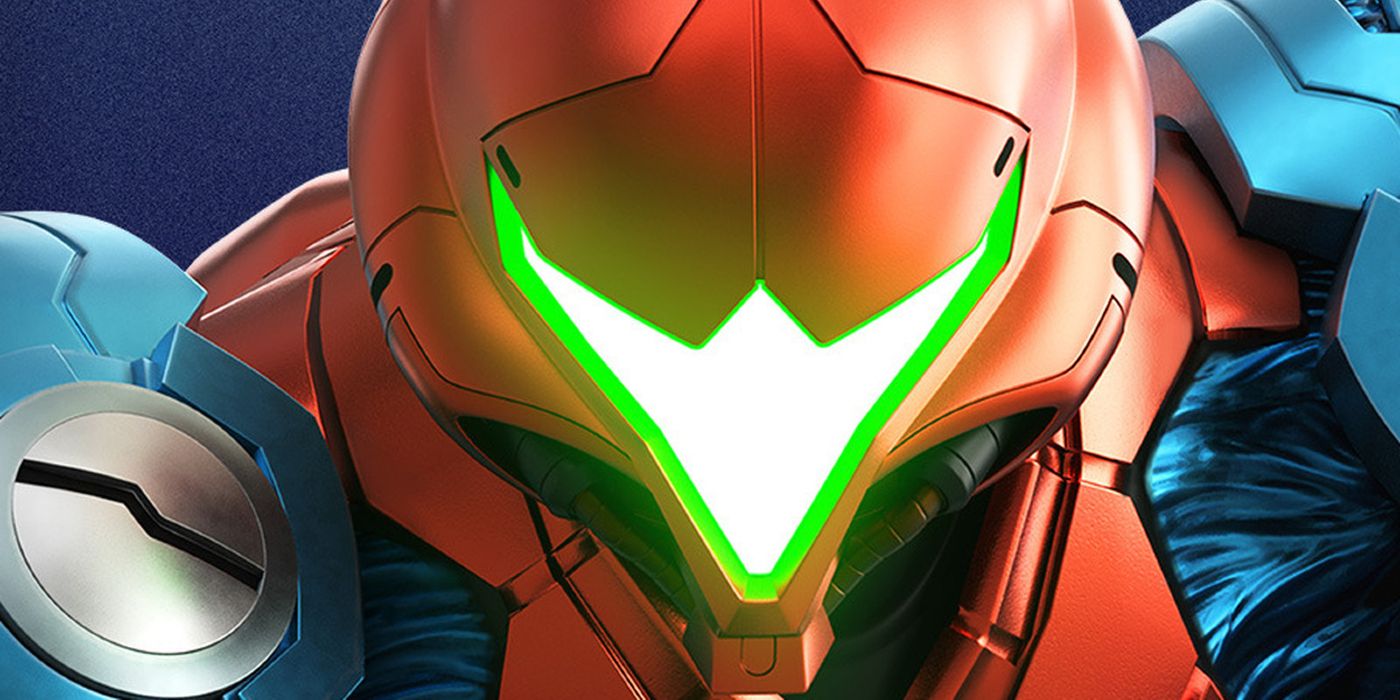Metroid Dread is shaping up to be one of the year's most anticipated titles, and it's no wonder why. It's been 19 years since the last mainline Metroid game released. Despite its lack of titles, the franchise has spawned an entire video game genre: Metroidvania. Over time, indie developers have worked to perfect the genre, and many of the more recent entries match the polish of Metroid. If Metroid Dread hopes to stand out, it's going to have to compete with these indie games.
It won't be a matter of sales figures, though; the release of Dread is likely to be a financial success for Nintendo. It's more a question of whether or not Metroid will be able to create unique gameplay the likes of which hasn't been seen before. Between the stunning visuals of Ori and the Will of the Wisps, the tight combat of Hollow Knight, or even the mechanical innovation of Touhou Luna Nights, the genre's changed a lot in Metroid's absence. MercurySteam may have injected new life into the series with Metroid: Samus Returns, but it remains to be seen whether their approach can sustain new entries.
What Makes a Metroid Game Bad
Part of MercurySteam's success can be attributed to the return of familiar Metroid gameplay. A handful of Metroid titles, like the Metroid Prime Trilogy, have departed from the tried and true 2D side-scrolling for which the series is known. The Prime games saw great success incorporating first-person-shooter mechanics into Metroid, but not all departures received the same praise. Metroid Prime: Federation Force for the 3DS was met with a generally negative reaction. Metroid: Other M similarly departed from the game's traditional formula by utilizing both first-person and 2D side-scrolling but had mixed results.
With the benefit of hindsight, it can be said that Federation Force and Other M lack the other titles' exploration. This is the defining characteristic of a Metroidvania, and without it, Metroid games aren't nearly as engaging. Players love to travel through large, sprawling maps and look for power-ups without being told to do so. It's rewarding because the player is in control of the experience. In other words, the player is responsible for new power-ups, not the game. It's the difference between solving a problem through experimentation and solving a problem because someone told you how to.
The Success of Indie Metroidvanias
Indie developers understand what makes Metroid and Castlevania special. The Metroidvania genre has given birth to countless beloved titles using the best features from both games. Hollow Knight's map is a sprawling labyrinth with secrets hidden around each corner. It immerses the player with dynamic sound design and memorable, thematically consistent characters. Bloodstained: Ritual of the Night offers a similarly massive map with hidden power-ups. Bloodstained also tightens up the familiar controls popularized in Castlevania: Symphony of the Night.
What really keep players engaged, though, is the sense of progression that comes from exploration. Indie titles like these capture that feeling and then up the ante with different flavors. Take the new Crowsworn as an example, a game that combines Metroid and Hollow Knight with the gritty aesthetic of Bloodborne. This is a big reason why indie developers have flocked to Metroidvanias instead of major publishers: indie developers are free to experiment with new mechanics that add variations to an already satisfying game design.
How Metroid Dread Can Compete
In order to stand out from other games in the genre, Metroid Dread will have to do a few things. First, Dread has to do everything that other Metroidvanias are doing well: the game's controls will have to be responsive and its world will have to be mesmerizing. Assuming the team at MercurySteam takes the same approach as it did with Samus Returns, then these aspects probably won't be an issue. Combat counters were a great way to diversify enemy interactions, and it looks like they'll be making a return. But what else can Dread deliver that other Metroidvanias can't?
In a word, polish. Indie developers work incredibly hard within small teams to deliver impressive video games, but big studios like Nintendo EPD have the workforce to ensure the game is as polished as possible. Inevitably, bugs show up in Nintendo games, but not as frequently as they do in indie games. Moreover, Dread has an established reputation. It's the continuation of a story that started 25 years ago and was on hold for 19 of those years. Needless to say, fans of the series are eager to see what will happen to Samus, especially in light of the uncanny E.M.M.I. In this regard, Dread's new stealth mechanic also looks promising.
Metroid Dread launches October 8, exclusively for the Nintendo Switch.




